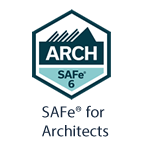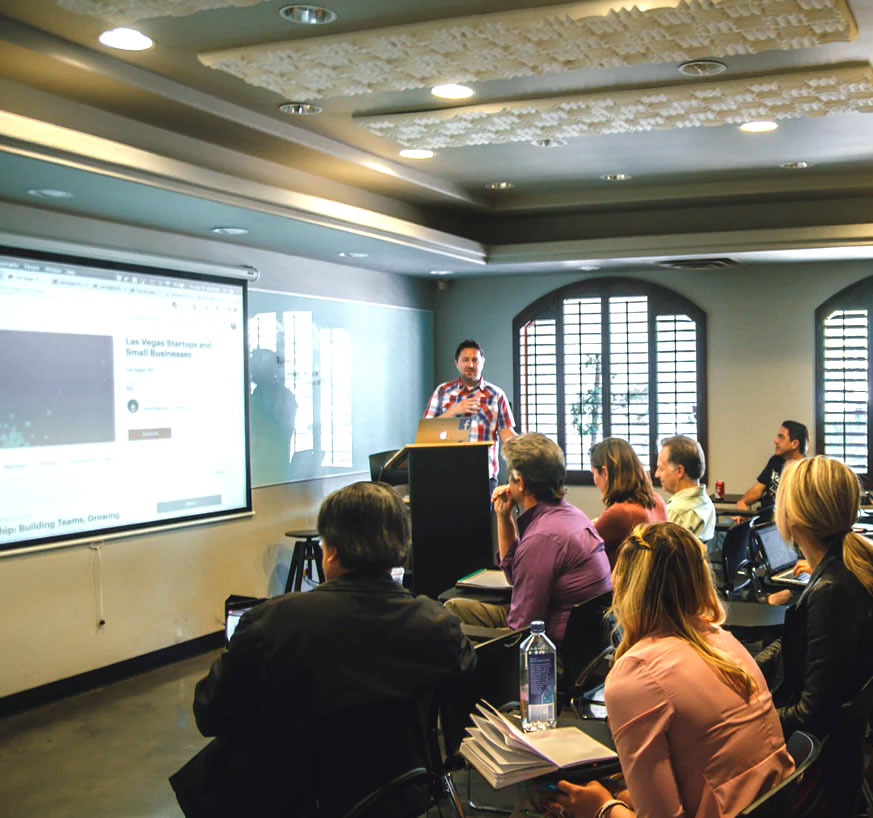
Attendees can improve collaboration and alignment in a SAFe® Lean-Agile enterprise when they become a SAFe Architect. The SAFe® for Architects course prepares System, Solution, and Enterprise Architects to engage across the organization as effective leaders and change agents who collaboratively deliver architectural solutions.
During this three-day course, attendees will explore the roles, responsibilities, and mindset of Agile Architects, and appreciate how to align architecture with business value and drive continuous flow to large systems-of-systems while supporting SAFe program execution.
This course is for senior technical contributors who need to understand the role of System, Solution, and Enterprise Architects in Lean-Agile enterprises. The course is also appropriate for individuals desiring a deeper view into how architecture enables continuous value flow and how architects engage in, and contribute to, a Lean-Agile enterprise.





